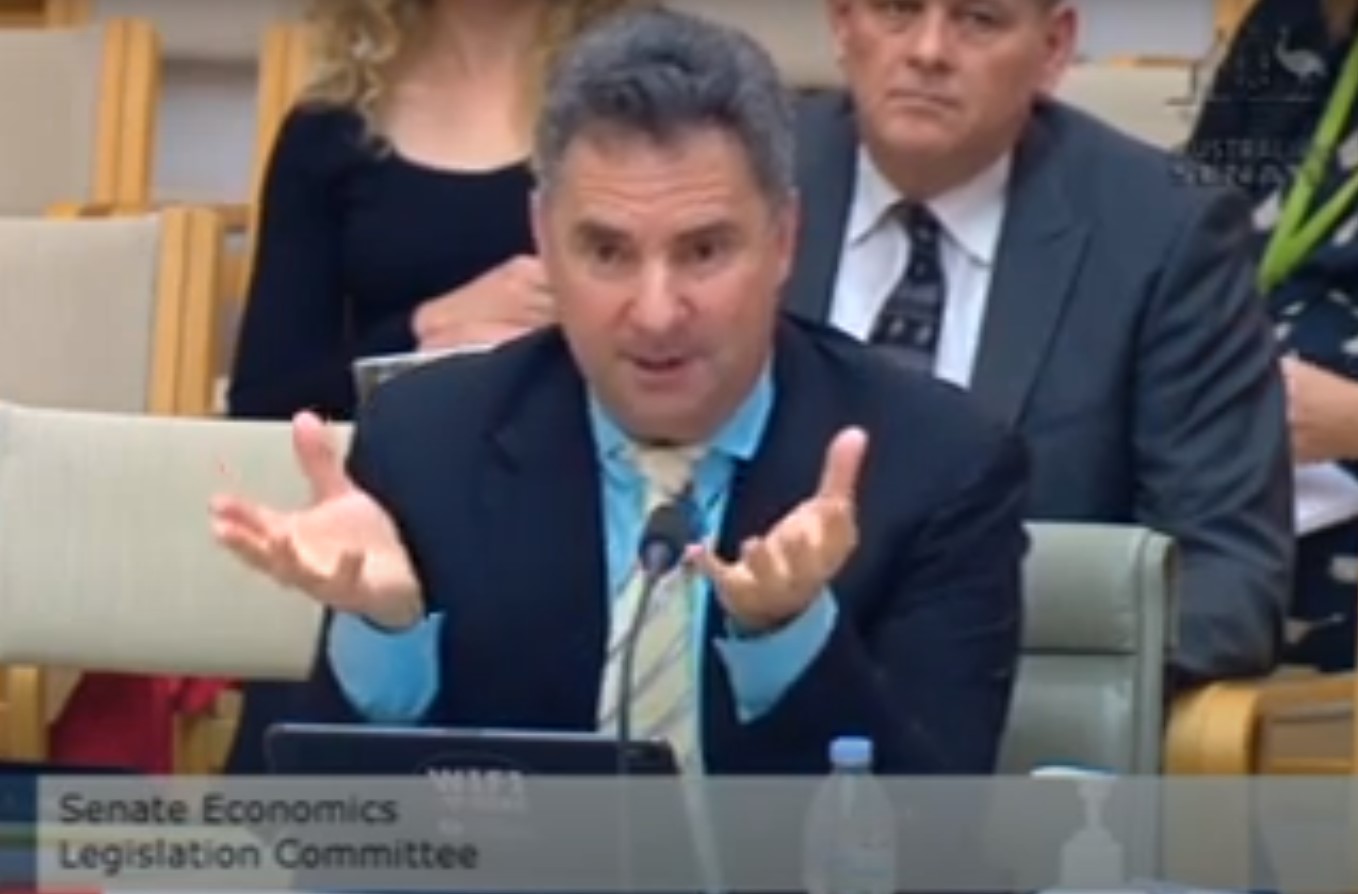
CSIRO Chief Executive Larry Marshall used a recent appearance at Senate Estimates to justify plans to cut up to 70 jobs from the Data 61 business unit.
During testimony before the Senate’s Economics Legislation committee, Dr Marshall was grilled on CSIRO’s decision to cut jobs at Data 61.
Responding to questions from Labor Senator Anthony Chisholm on the proposed cuts, Dr Marshall preferred to focus on CSIRO projections that the implementation of Data 61’s new strategy – which focusses heavily on research into Artificial Intelligence (AI) – would lead to the creation of 100 new positions, albeit after immediate job losses.
“I want to be clear about that. Potentially 70 jobs will go… some of those will be retrained or given other opportunities? You say 100 jobs have been created. What sort of time frame are we talking about on that?” asked Senator Chisholm.
“It generally takes a year or two for that to happen. It generally takes a year or so for people to either retrain or move out of the organization,” Dr Marshall conceded.
“Data 61 is going to be a little more focused and narrow going forward, particularly around focusing on artificial intelligence. Those 70 people are in areas that aren’t necessarily related to that direction. Sometimes they can be retrained and other times they will choose to go elsewhere.”
Both Dr Marshall and Chief Operating Officer Judi Zielke responded to questions regarding the consultation process for the proposed cuts at Data 61.
“There was extensive consultation… generally we notify people who may be impacted. That number is always much larger than the people who actually are impacted.”
“It’s because of the question of when they can retrain or move to another business unit or another part of the organisation. Generally, it’s a notification and then we work with staff to go through that process,” Dr Marshall said.
“People have been advised what positions won’t be continuing under the new structure, but then at the same time they’re being given information progressively about what the new roles are so that they can make a decision about whether they’d like to move to one of those new roles or look at roles in other areas of CSIRO,” Ms Zielke said.
“It’s quite some time between advice in relation to whether the position is continuing or not and when somebody might want to accept a redundancy as a result of that, for example, rather than take another role.”
Dr Marshall described the change in research strategy for Data 61.
“We spent a lot of effort trying to think about what Australia might need, what’s most important and what the key priorities are for Australia.”
“How do you drive the adoption and development of artificial intelligence for Australia, and what are the key areas where we need it?”
Responding to questions regarding abandonment of Data 61’s Trustworthy Systems team – responsible for seL4 microkernel technology – Dr Marshall outlined the thinking behind the move.
“This is the team that developed the seL4 kernel, which is a microkernel that’s very good for security of mobile phones. That breakthrough was made back in the early 2000s… the team that you’re referring to is actually on campus at University of New South Wales in Kensington.”
“There is a challenge with that technology. It’s very mature and it’s open source, so it’s difficult to see an opportunity to build an industry in Australia or to derive a national benefit from that technology.”
“Given our priority is artificial intelligence, we chose to pursue that and focus our resources where we thought we could derive greater national benefit,” Dr Marshall said.
